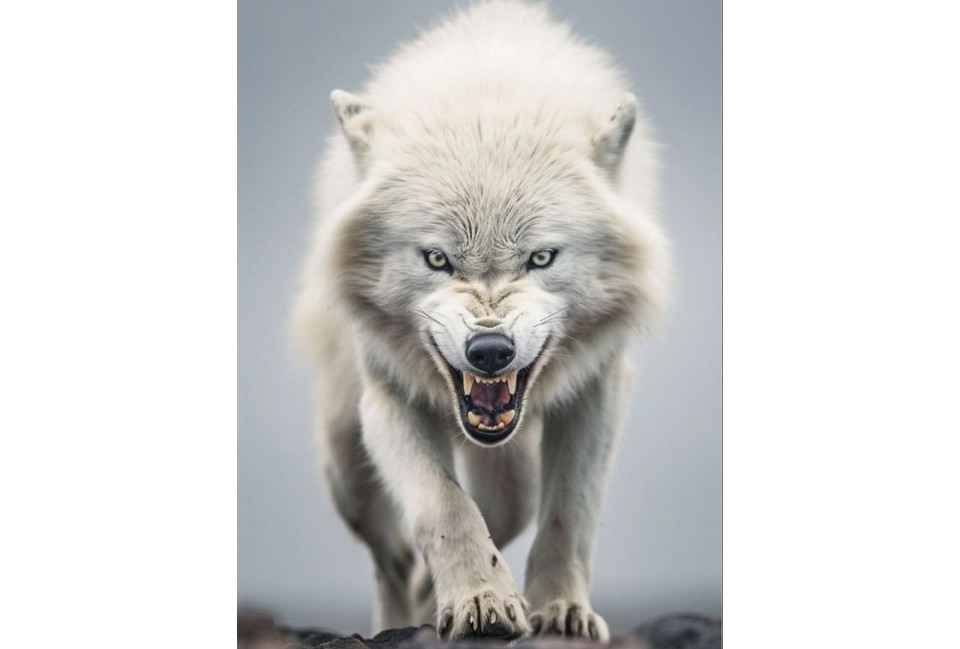The Dire Wolf's Possible Return

A Glimmer of De-extinction?
The dire wolf ( Aenocyon dirus ), a formidable canine that roamed North and South America during the Late Pleistocene and Early Holocene epochs, vanished around 10,000 years ago. Larger and more robust than modern gray wolves, these apex predators with their powerful jaws and teeth preyed on megafa VVCuna like horses, bison, and ground sloths. Their extinction coincided with the decline of these large herbivores, possibly exacerbated by climate change and competition.
In a groundbreaking announcement in April 2025, Colossal Biosciences, a US-based biotechnology company, claimed the "de-extinction" of the dire wolf. This was reportedly achieved by making approximately 20 edits to 14 genes in the genome of gray wolves, the closest living relatives of dire wolves, using CRISPR gene-editing technology. These genetic modifications aimed to replicate key physical traits of the extinct canid, such as a larger size and distinct coat characteristics. The resulting genetically modified gray wolf pups have been named Romulus, Remus, and Khaleesi.
While celebrated by some as a monumental scientific achievement and a potential tool for conservation, the claim has been met with skepticism within the scientific community. Critics argue that these are essentially modified gray wolves, not true dire wolves, given the millions of base pair differences in their genomes and the limited number of genetic edits. Furthermore, concerns have been raised about the ethical implications and the potential ecological impact of reintroducing such a creature into modern ecosystems, which have drastically changed since the dire wolf's extinction.
Despite the debate, this event highlights the rapid advancements in de-extinction technologies and the increasing interest in potentially reviving extinct species to restore biodiversity or ecological balance. Other notable de-extinction projects currently underway include efforts to bring back the woolly mammoth, the Tasmanian tiger, and the dodo. These projects utilize various techniques like cloning and gene editing, each facing unique scientific and ethical challenges. The "de-extinction" of the dire wolf, regardless of its scientific accuracy, serves as a significant milestone in this burgeoning field, sparking crucial conversations about the future of conservation and our relationship with extinct species.
Comments
No comment at this time!
Leave your comment